This species of mouse deer is listed by the IUCN as endangered and there is a small, and mainly female, population managed in European zoos.
how to help
For many species, it’s now or never.
Donate Nowor why not Fundraise For Us?
Our work to protect marine life is expanding through a new partnership with The Deep—an education and conservation charity with a public aquarium in Hull, East Yorkshire. This collaboration will help us preserve more marine and freshwater species, including the Green sawfish (Pristis zijsron), which are kept at the aquarium as part of the European Ex-situ Programme (EEP).

As an ocean ambassador, The Deep’s purpose is to inspire positive behaviour change to protect our shared oceans. The Deep already contributes to worldwide conservation of aquatic ecosystems through leading and supporting a number of conservation projects in the UK and abroad. For example, their research on Manta ray behaviour, habitat, and population in Sudan’s Dungonab Bay Marine Park established vital information to inform conservation strategies and sustainable ecotourism in the area. The site has since been designated a UNESCO marine national park.
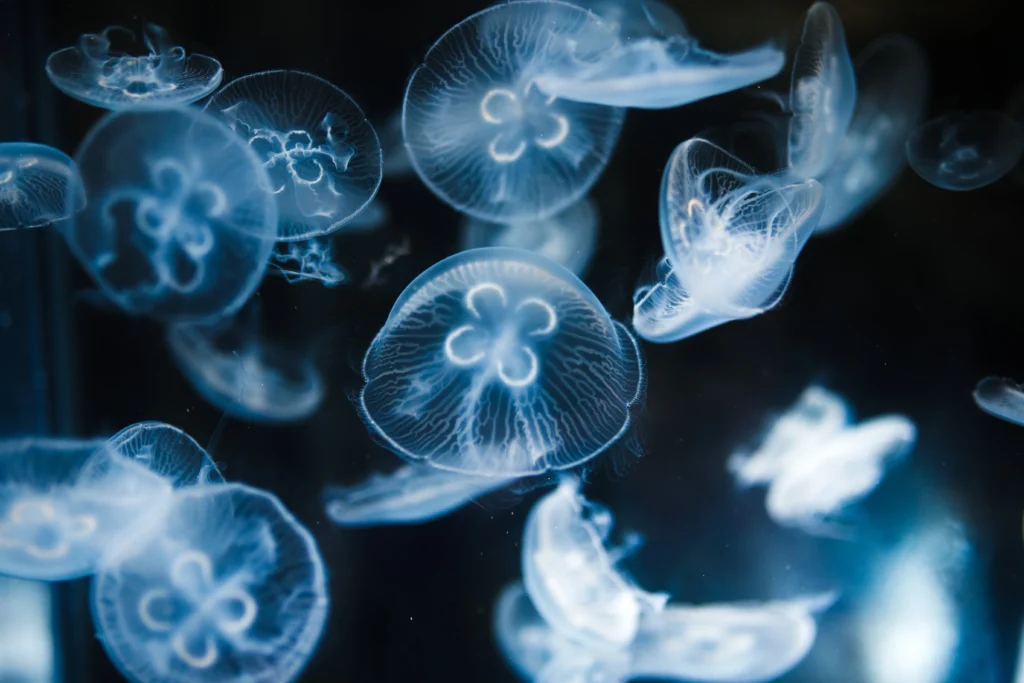
This partnership adds a new facet to their existing work towards safeguarding the world’s aquatic ecosystems by preserving genetic material and preventing species extinction.
“We are excited to be working in partnership with Nature’s SAFE. The Deep will be able to contribute valuable expertise and assist with providing material focussed on aquatic environments to the shared goal of preventing extinction in the natural world. Assisting with the wildlife biobank by providing genetic material from animals at risk of extinction, ultimately helps in the fight to protect wildlife’s future.”
Graham Hill, Head of Animal Care & Research – The Deep
Don’t miss
This species of mouse deer is listed by the IUCN as endangered and there is a small, and mainly female, population managed in European zoos.
Nature’s SAFE are excited to announce that our co-founder and charity coordinator Dr Rhiannon Bolton has successfully published a new paper reviewing assisted reproductive technologies and biobanking.
BIAZA and Nature's SAFE join forces to fight extinction
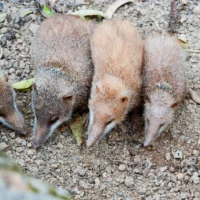
Lesser Madagascan tenrec
Total Population: Unknown
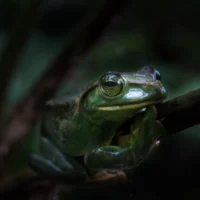
Fea’s tree frog
Total Population: Unknown
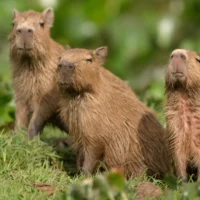
Capybara
Total Population: Unknown
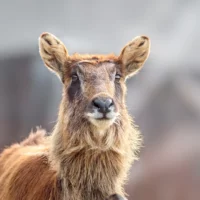
Nile Lechwe
Total Population: 30,000 - 40,000 in the wild
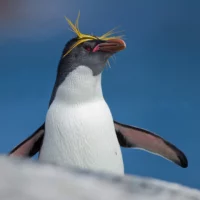
Macaroni Penguin
Total Population: Around 12 million
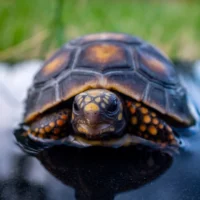
Red-footed tortoise
Total Population: Unknown
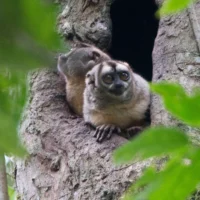
Spix’s night monkey
Total Population: Unknown
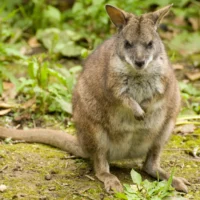
Parma Wallaby
Total Population: 1,000 - 10,000 in the wild
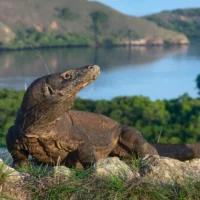
Komodo dragon
Total Population: Around 3,500 in the wild
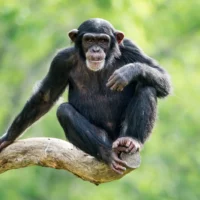
Chimpanzee
Total Population: 170,000 - 300, 000 in the wild
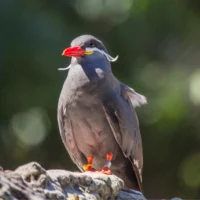
Inca Tern
Total Population: Around 150,000 in the wild
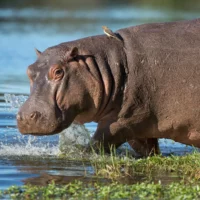
Common Hippo
Total Population: Less than 150,000 in the wild
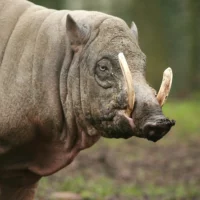
Babirusa
Total Population: Less than 10,000 in the wild
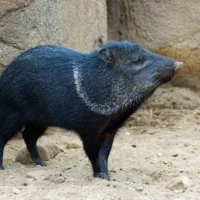
Collared peccary
Total Population: More than 2,000,000 in the wild
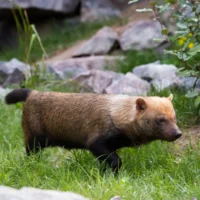
Bush dog
Total Population: Unknown
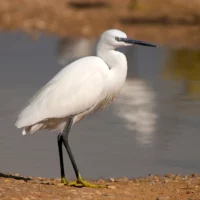
Little egret
Total Population: 660,000 to 3,150,000 in the wild
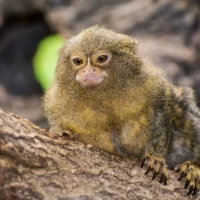
Pygmy marmoset
Total Population: Unknown
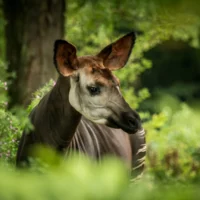
Okapi
Total Population: Less than 25,000 in the wild
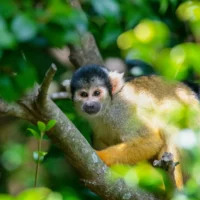
Bolivian squirrel monkey
Total Population: Unknown
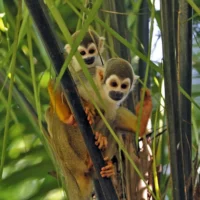
Guianan Squirrel Monkey
Total Population: Around 150,000 in the wild
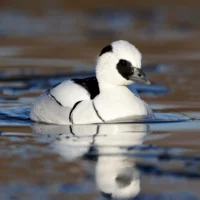
Smew
Total Population: Around 80,000 in the wild
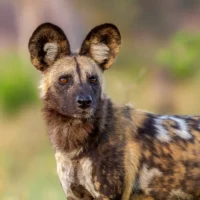
African wild dog
Total Population: Around 6,600 in the wild